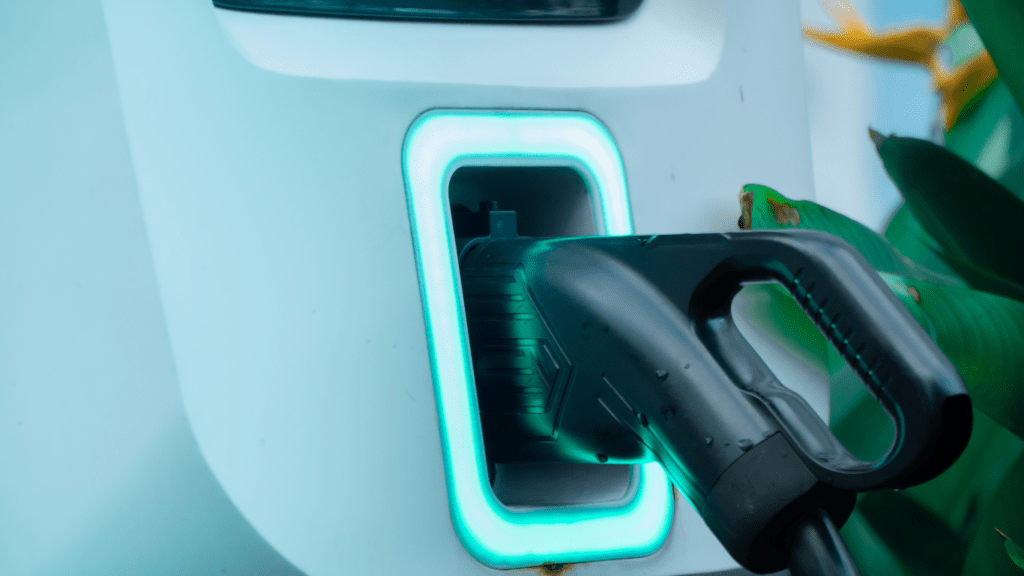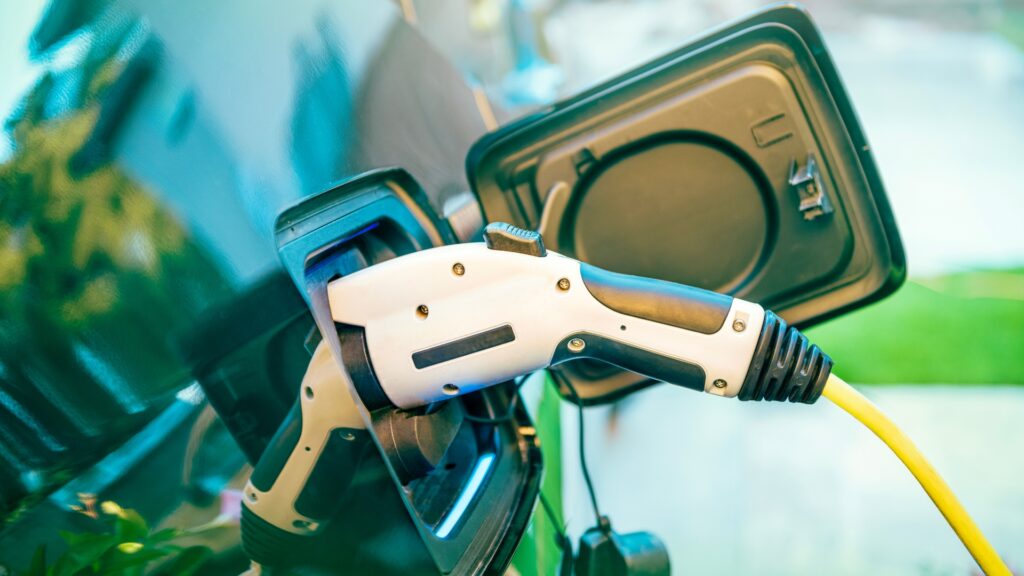As an automotive enthusiast, I’ve always been fascinated by the evolution of sustainable practices in the manufacturing sector. In today’s fast-paced world, the automotive industry is at the forefront of embracing innovative solutions to reduce its environmental footprint. From eco-friendly materials to energy-efficient production processes, the shift towards sustainability is reshaping the way cars are built.
In this article, I’ll delve into the latest innovations driving sustainable automotive manufacturing practices. With advancements in technology and a growing emphasis on corporate responsibility, automakers are revolutionizing their production methods to prioritize environmental conservation without compromising on quality. Join me as we explore how these groundbreaking initiatives are not only benefiting the planet but also setting new standards for the future of automotive manufacturing.
Evolution of Automotive Manufacturing
Starting with the early days of automotive manufacturing, the industry had a significant environmental impact. Initially, practices were not focused on sustainability, leading to pollution and resource depletion.
Transitioning from traditional methods, there has been a remarkable shift towards sustainability in automotive manufacturing. Companies are adopting eco-friendly materials, renewable energy sources, and innovative production techniques to reduce their carbon footprint and environmental impact. This shift marks a pivotal moment in the industry’s history, setting the stage for more sustainable practices in the future.
Key Innovations in Sustainable Automotive Manufacturing
Innovations in sustainable automotive manufacturing are crucial for reducing the industry’s environmental impact. Automakers have been focusing on various aspects to make their manufacturing processes more sustainable. Let’s explore two key areas where significant advancements have been made.
Materials Innovation for Sustainability
I’ve been impressed by the increased use of eco-friendly materials in automotive manufacturing. Materials like recycled plastics, bamboo fibers, and even soy-based components are being integrated into vehicle production. These sustainable materials not only help reduce carbon emissions but also promote the circular economy by utilizing recycled resources. The shift towards sustainable materials is a game-changer in the industry, showing a commitment to reducing the environmental footprint of automotive manufacturing.
Advances in Energy Efficiency
Improving energy efficiency is another vital innovation in sustainable automotive manufacturing. Automakers are implementing advanced technologies such as solar panels on factory roofs, energy-efficient lighting systems, and smart manufacturing processes. These initiatives not only reduce energy consumption but also lower greenhouse gas emissions during the manufacturing phase. By prioritizing energy efficiency, automakers are not only cutting costs but also demonstrating their dedication to sustainable practices in every step of the production process.
Impact of Emerging Technologies
Automating production processes using robotics has revolutionized sustainable automotive manufacturing. Robotics enhances efficiency and precision, leading to fewer material wastages and energy consumption. It streamlines operations, resulting in cost savings and reduced environmental impact.
Artificial intelligence (AI) and data analysis play a crucial role in optimizing sustainable practices in automotive manufacturing. AI algorithms analyze vast amounts of data to identify patterns and trends, enabling manufacturers to make data-driven decisions for maximizing energy efficiency and minimizing waste. This data-driven approach enhances overall sustainability efforts and contributes to a greener automotive industry.
- Challenges and Future Prospects
As I explore the challenges and future prospects in sustainable automotive manufacturing, two key aspects come to the forefront: regulatory and economic challenges, and future directions shaping the industry’s landscape. - Regulatory and Economic Challenges
In sustainable automotive manufacturing, navigating regulatory frameworks and addressing economic concerns pose significant hurdles. Compliance with stringent environmental regulations requires substantial investments in research and development to meet sustainable production standards. Additionally, the transition to sustainable practices often entails higher initial costs, impacting profit margins for manufacturers. Balancing regulatory requirements with economic viability remains a persistent challenge in embracing sustainability within the automotive sector.
Future Directions in Sustainable Automotive Manufacturing
Looking ahead, sustainable automotive manufacturing is poised for remarkable advancements. Innovations in materials science, such as the development of bio-based composites and recyclable polymers, promise to revolutionize the industry. Integration of circular economy principles, where materials are reused and recycled in a closed-loop system, will foster a more sustainable and resource-efficient manufacturing process. Furthermore, the integration of Internet of Things (IoT) technologies and predictive analytics is anticipated to enhance operational efficiency and facilitate real-time monitoring of energy consumption and emissions. Embracing these future directions will not only drive sustainability but also propel the automotive industry towards a greener and more resilient future.




